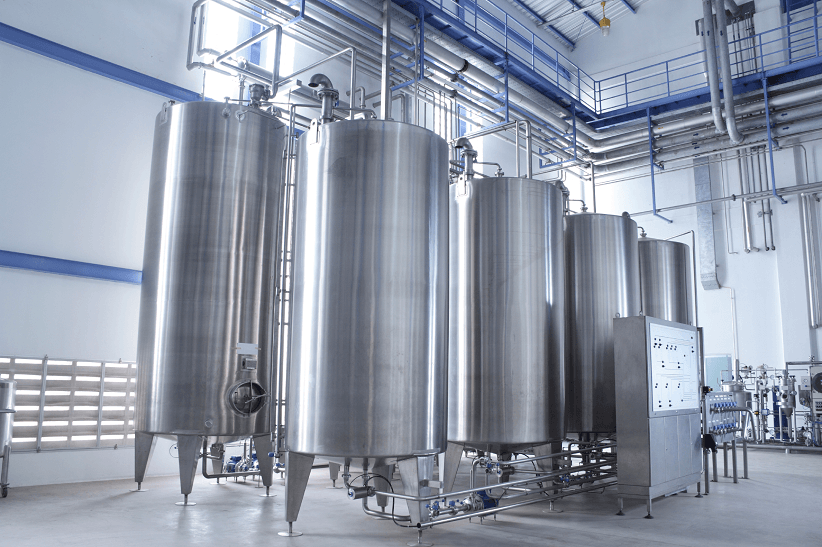ASTM E2500 – Risk-based testing has been in play for several years now. By design, there is a significant opportunity to avoid many lifecycle costs without creating an adverse impact to quality or processes. These cost-saving opportunities may not be obvious at first glance but upon a closer look, they are real and tangible savings.
Before we look at how to attain the potential savings, we should first explore the process for determining criticality of a system. Determining criticality is basically answering a series of questions about the system.
Below are some examples that have been used in the industry to help determine whether a system is critical or non-critical.
Question 1
Does the system contain components or perform functions that serve to meet one or more process requirements including Critical Process Parameters (CPP)?
Question 2
Does the system have direct contact with the product or process stream (including excipients, ingredients, and/or solvents), and such contact has the potential to impact the final product quality or pose a risk to patients?
Question 3
Does the system provide an excipient or produce an ingredient or solvent (e.g., water for injection), and the quality (or lack thereof) of this substance could impact the final product quality or pose a risk to patients?
Question 4
Is the system used in cleaning, sanitizing or sterilizing, and could the malfunction of the system result in failure to adequately clean, sanitize, or sterilize, such that a risk to patients would result?
Question 5
Does the system control a risk to the patient by establishing a proper environment (e.g., nitrogen blanket, closed process, exposed-filling-zone air quality, maintenance of temperature, humidity, when such parameter is part of the product CPPs)?
Question 6
Does the system produce, process, or store data used to accept or reject product critical process parameters, or electronic records subject to 21 CFR Part 11 and EU GMP Vol. 4, Annex 11 respectively?
Question 7
Does the system provide container closure or product protection, the failure of which would pose a risk to patients or degradation of product quality?
Question 8
Does the system provide product identification information (e.g., lot number, expiration date, counterfeit prevention features)?
If any of these questions are True, then the system is likely critical and should be tested and maintained as such. If that is not the case however, then a savings can potentially be realized.
When performing impact assessments, a typical outcome results in a listing of instruments that are either critical or non-critical. Ensuring that only critical instruments fall into the routine calibration program can lead to substantial savings, especially over time. Let’s look at that concept in further detail:
Let’s assume that you have a system with 20 instruments monitoring the process. Many of these instruments are for system performance and are not critical to the quality of the process. These non-critical instruments are good candidates for your engineering change management program. The savings continue throughout the lifecycle by not calibrating these instruments on the same frequency as the critical instruments. Also if one does need to be changed, you might not need all of the associated paperwork and testing that would accompany a qualified system.
In the ASTM E2500 scenario, only the engineering change management program would be involved, perhaps through the work order process.
Your critical instruments would still be changed through the Quality unit change management process. For a simple system, a per-instrument number might look like the below cost breakdown in the event of an instrument failure:

Keep in mind that this is just one example of how a savings could be realized.
While we do not propose that any critical instrument not be appropriately monitored, we do acknowledge that if an instrument is truly part of a non-critical system, then you could stand to gain a significant savings over the instrument’s lifecycle.





